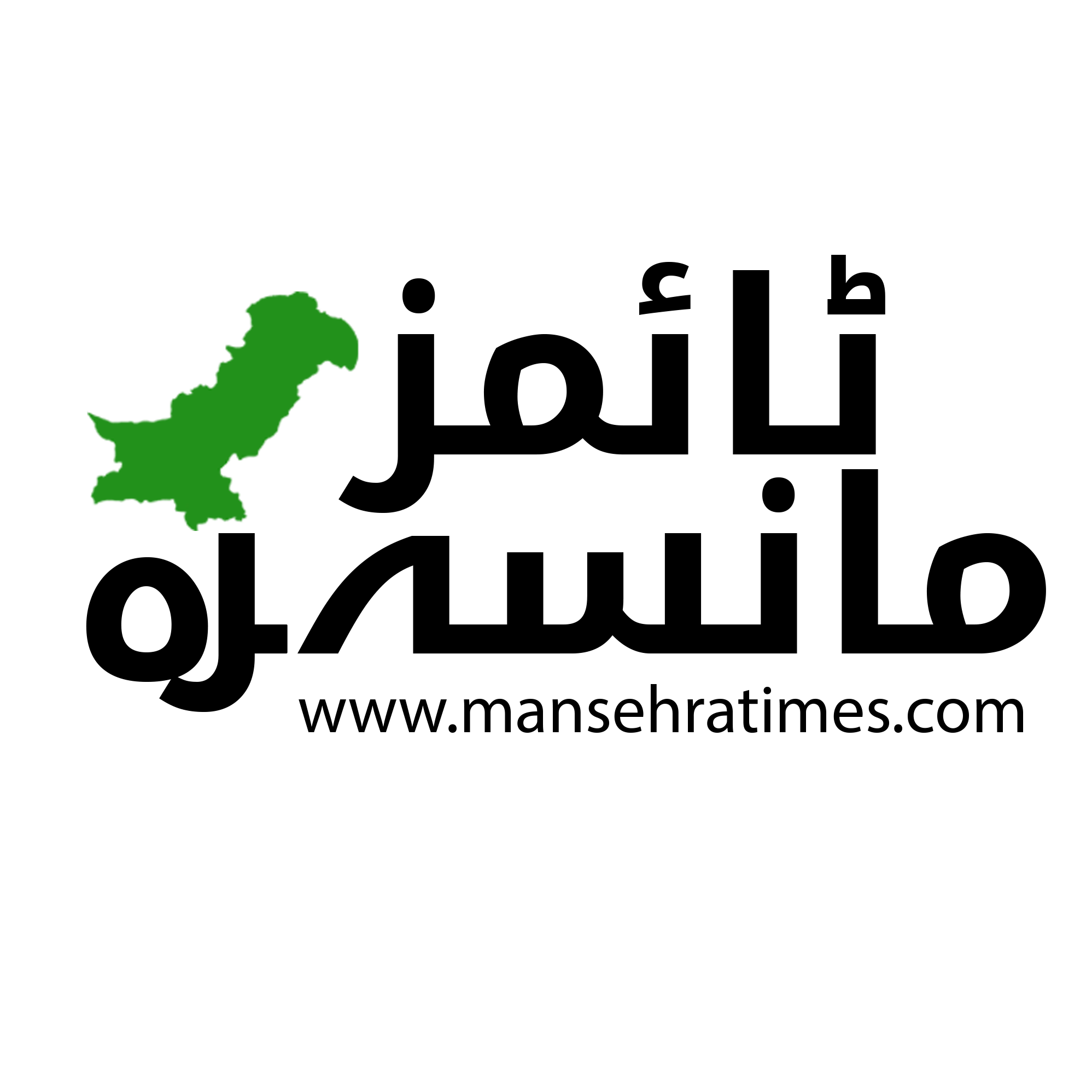One of many new advert codecs Google introduced at the moment will enable manufacturers to hyperlink short-form movies they made—or ones they employed creators to movie—to their commercials in Google’s search engine. AI-generated textual content summaries of the clips might be included beneath. “I’ve received three Gen Z-ers at house, and watching them store, it’s very video-based,” stated Madrigal.
Google additionally launched a software that enables corporations to create completely new, AI-generated product photos primarily based on images from earlier advertising campaigns and photos that signify their model identification. For instance, a house items model might add an image of certainly one of its candles and a picture of a seaside, then ask Google to “put the candle on a seaside that appears like this one beneath some palm bushes.”
Shannon Smyth, the founding father of a fragrance and body-care firm known as A Lady’s Gotta Spa, stated she started utilizing Google’s AI picture instruments final yr when the corporate first started rolling them out as a part of software program known as Product Studio. Initially, Google solely allowed retailers to swap the backgrounds on current product images and make small tweaks, like rising the decision.
“It coincided with struggling to maintain up on our social channels with professional-looking images, and as funds turned extra strapped I made a decision to provide it a strive,” Smyth says. She makes use of it to generate photos to be used on social media, in an e mail publication, and on her Amazon retailer. (Google put Smyth in contact with WIRED to debate her experiences with its AI merchandise.)
Smyth stated Google’s AI instruments save time and have gotten higher as she has continued utilizing them. “I admit, I used to be annoyed at first if it will generate photos with out shadows or reflections, or have an unidentifiable object within the photograph,” she defined. “I’ve discovered that as I give suggestions on each picture, these points start to get resolved.”
Google is making an attempt to assist advertisers create compelling imagery without having to spend as a lot of their time and price range on graphic designers, photographers, set designers, and fashions. That might not be excellent news for these employees, and if the product photos aren’t correct, buyers may very well be left disillusioned. However Google hopes AI imagery will make advertisements extra participating and draw extra clicks—boosting its income.
But the corporate and its opponents may be merely serving to retailers keep away from paying for costly software program like Photoshop or spending a lot on artistic companies. It’s not clear what number of prospects will essentially really feel compelled to promote extra. Smyth stated her firm doesn’t buy advertisements on Google, regardless of how a lot she appreciates Product Studio.
AI-generated promoting is more and more changing into a fixture of the web. Earlier this month, Meta started giving advertisers on Fb and Instagram the power to generate new variations of current product images utilizing AI, after beforehand providing simply AI-generated backgrounds. Meta and Google additionally enable advertisers to generate advertising copy for his or her advertisements.
Amazon introduced the same beta image-generation software final fall that may additionally create backgrounds for product images. As a substitute of promoting a backyard hose in opposition to a plain white backdrop, it permits manufacturers to create, say, a scene of a yard with a backyard and bushes—no precise grime required.
The looming query is whether or not customers will discover AI-generated advertisements off-putting, in the event that they discover them within the first place. Some vogue manufacturers, together with Levi’s and the dressmaker Selkie, have confronted backlash from prospects after they introduced they have been experimenting with synthetic intelligence. However for a lot of smaller ecommerce corporations, the potential advantages of utilizing AI could outweigh the dangers.
“Let’s face it, small companies are crumbling like a home of playing cards. We’re barely hanging on,” stated Smyth. “It has helped me to remain high of thoughts to prospects and potential prospects visually. I am fairly assured my aesthetic would’ve tanked or I might’ve deserted many social channels with out it as an choice.”
